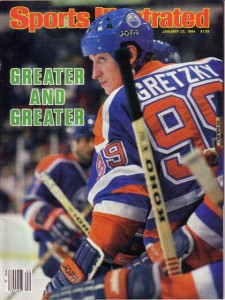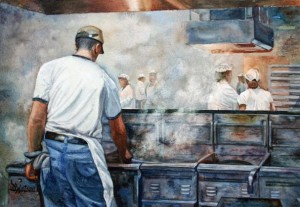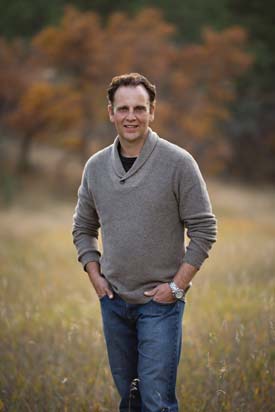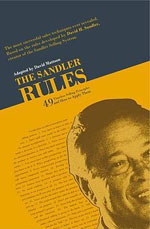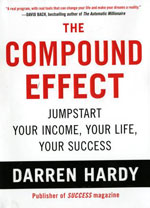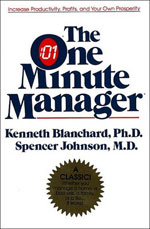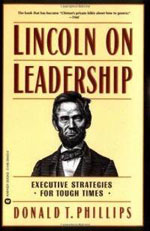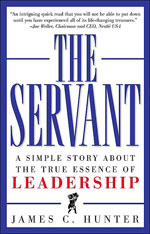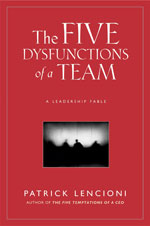 Have you ever dreamed of becoming one of our President’s Club winners? Do you hope to one day be the #1 sales rep in the company? These goals are absolutely within your reach! In the coming weeks I would like to offer a few principles which can accelerate the journey to your goals. We will discuss the first principle this week and follow up with the other principles in the upcoming weeks.
Have you ever dreamed of becoming one of our President’s Club winners? Do you hope to one day be the #1 sales rep in the company? These goals are absolutely within your reach! In the coming weeks I would like to offer a few principles which can accelerate the journey to your goals. We will discuss the first principle this week and follow up with the other principles in the upcoming weeks.
The first principle we observe regarding success is that we must be extremely careful that others do not influence us in a negative way.
We all, at some point in our lives, have had our dreams attacked and destroyed by others. Dream crushers abound in our culture and even in our field. Some people are not pursuing any dreams of their own, and, unfortunately, the last thing they want to see is the success of others.
In the 1960s, Harry Harlow conducted a fascinating social experiment with monkeys. Five monkeys were locked in a cage, and a banana was hung from the ceiling with a ladder placed directly underneath it. Of course, one of the monkeys would immediately race towards the ladder, intending to climb it and grab the banana. However, as soon as he would start to climb, the researchers would spray the monkey with ice-cold water. Interestingly, they would also spray the other four monkeys at the same time.
When a second monkey was ready to climb the ladder, the researchers would spray this monkey with ice-cold water and then apply the same treatment to its four fellow inmates. The monkeys learned their lesson. They were not going to climb that ladder again—banana or no banana!
The researchers then replaced one of the monkeys with a new monkey. As you might expect, the new arrival would spot the banana and wonder “why don’t these idiots go get it?!” As he started to climb the ladder, the situation got interesting. The original four monkeys, familiar with the cold-water treatment, would run towards the new guy and yank him down. The new monkey, although blissfully unaware of the cold-water history, would instantly get the message: no climbing up the ladder in this cage! One by one, the researchers replaced all original monkeys with new ones, and each time a new monkey would attempt to climb the ladder, he was pulled down by the other monkeys.
In time, only monkeys who had never received the cold shower were in the room, but none of them would climb the ladder. They also prevented any new monkey introduced to the cage from climbing the ladder—even though none of them knew why they did this.
Perhaps you have been discouraged by others against pursuing your dreams—such as becoming the #1 salesperson in our company. I want to stand behind you and affirm you: you can do it! It’s never too late to start dreaming, and the path to success is wide open in front of you!

